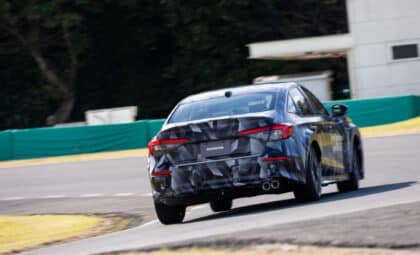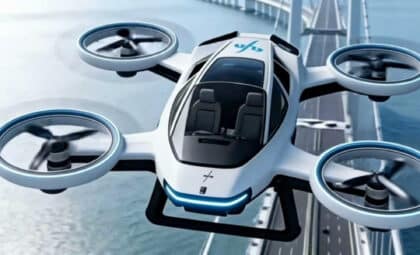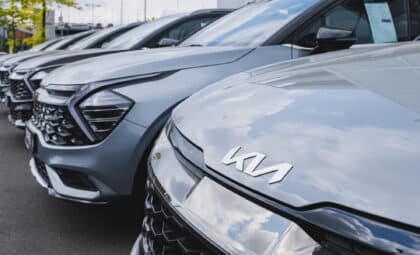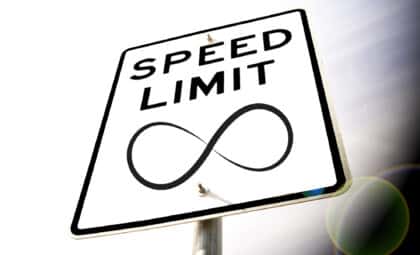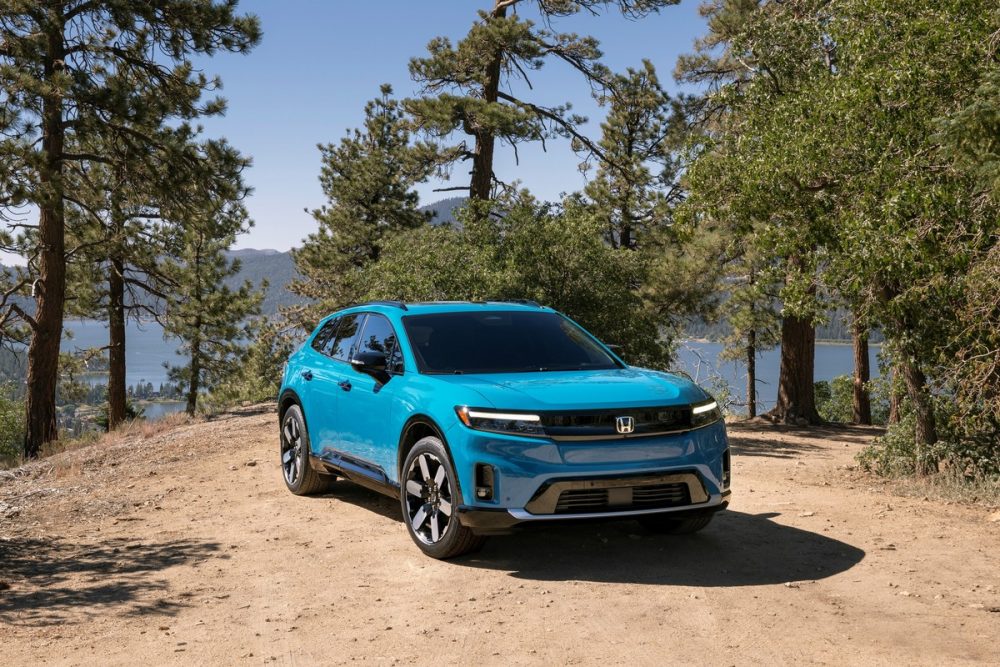 Photo: Honda
Photo: Honda
A few months ago, Honda revealed some of the sweet tech powering the infotainment aboard the Prologue, the company’s first mass-market all-electric SUV. At the time, the automaker held most of the information regarding the SUVs propulsion system close to the chest, but the veil is finally lifted. With the official launch date approaching, Honda is finally ready to reveal more details about what ought to be a very important vehicle on its journey to electrification.
Related: Why buy a Honda? 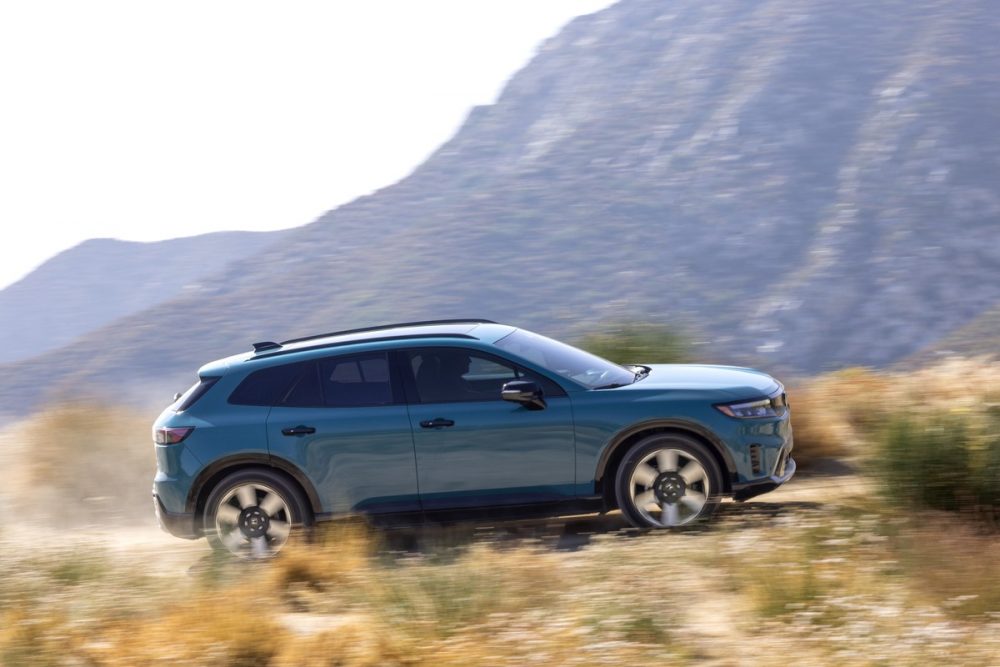
Built on GM’s Ultium platform, the Honda Prologue will be offered with either one or two electric motors, the latter providing built-in all-wheel drive and an expected 288 horsepower and 333 lb-ft of torque. Power output for the single-motor setup is still unknown, but should be similar to its close cousin, the 210-horsepower Chevy Equinox EV, which also uses the same 85-kWh battery pack.
Honda anticipates the single-motor Prologue EV will deliver an EPA-rated range of 300 zero-emission miles. The dual-motor range will likely be closer to 280 miles, just like the Equinox EV or even the Blazer EV, which uses the same electric architecture too.
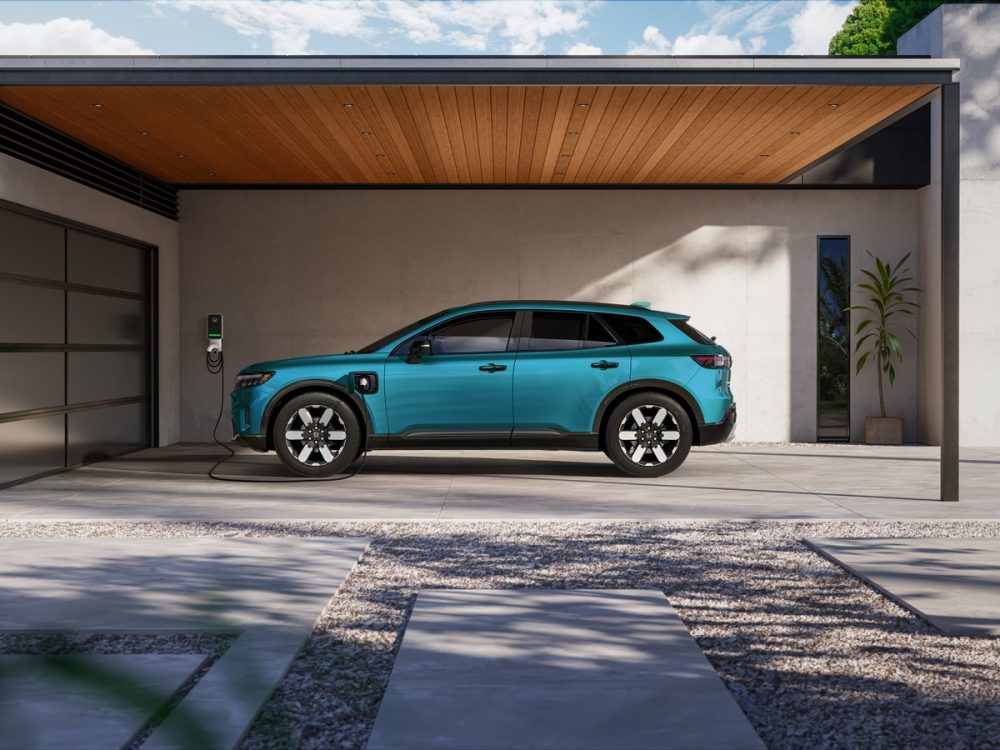
When plugged into a DC fast charger, the 2024 Honda Prologue will have a maximum charging rate of 155 kW, enabling you to charge the SUV at a rate of 65 miles per 10 minutes (to save you the math, a full charge would take about 45 minutes). It is surprising that the Prologue cannot take advantage of the 350-kW charging options at Electrify America, as Honda is currently working with six major automakers to build a neutral high-speed charging network that would compete with it. As it stands, 155 kW is the limit for the Prologue.
When you purchase a new Prologue SUV, Honda will also offer you one of three charging packages. You may choose a home charging station (11.5 kW), which comes with a $100 public charging credit and $500 installation incentive. Another option is a portable charging kit (7.6 kW), which come with a $200 public charging credit and $200 installation incentives. Finally, the last option is a simple $750 public charging credit.
Photo: Honda
Photo: Honda
Photo: Honda
Photo: Honda
Photo: Honda
The Prologue will be sold at three trim levels: EX, Touring, and Elite. The base model will feature heated seats with lumbar support, dual-zone automatic climate control, an 11-inch digital driver display, 11.3-inch central touch-screen infotainment system with Google Built-in and wireless smartphone connectivity, and a wireless device charger. That’s in addition to all of the usual Honda safety features we’ve come to get used to, such as front and rear automatic emergency braking. The automaker says pricing for the EX will start “in the upper $40,000s.”
The Touring will add leather seating with memory settings, a 12-speaker Bose sound system, and auto-dimming rearview mirror. At the top of the line, the Prologue Elite gets perforated leather, ventilated front seats, a heated steering wheel, and head-up display. It will also offer more interior color options.
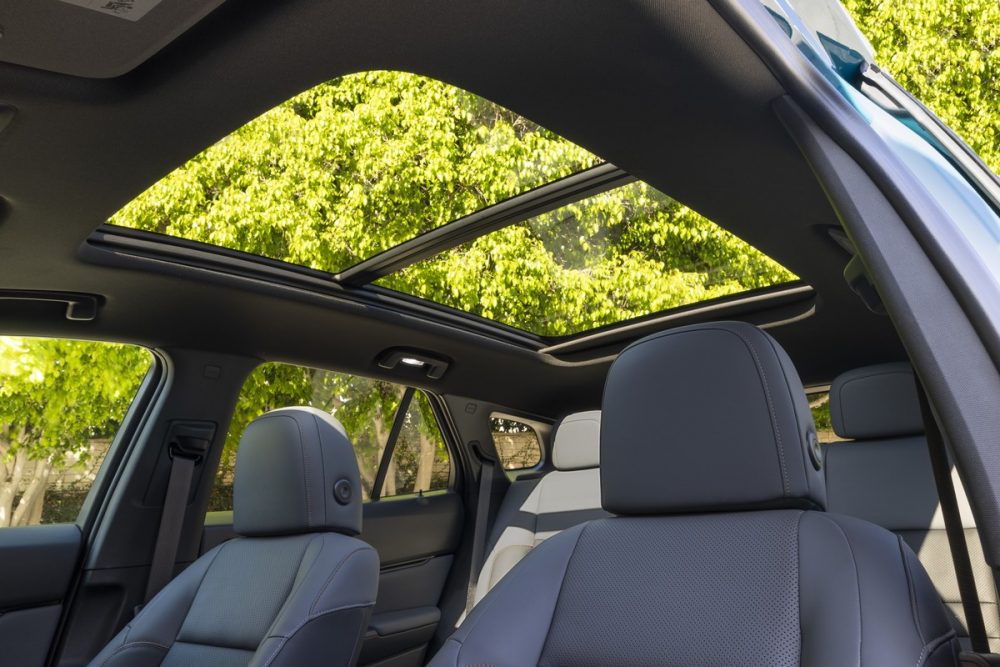
The upcoming Honda Prologue EV will be about seven inches longer than the company’s bestselling CR-V. Designed by Honda’s design team in Los Angeles, it has a minimalist appearance with clean lines, smooth surfaces, short overhangs, and stylish wheels up to 21 inches. Interior space is expected to be quite practical for families, thanks to 32-ounce cup holders and plenty of cubbies.
With the rear seats up, the Prologue’s trunk will be able to hold up to 25.2 cubic feet of cargo. This goes up to 57.7 cubic feet with the seats folded flat, and by another half cubic foot when using the hidden space under the cargo floor. For easier access, a hands-free power tailgate comes standard on the Elite and Touring.
EV sales are cooling somewhat, and the Prologue’s near-$50,000 price tag is not likely to appeal to most car shoppers, even with government tax incentives. The Prologue may be very appropriately named — a taste of that electrified future, but not exactly the whole entrée. On the plus side, it’s still likely to beat its main rival’s first big EV effort, the lackluster Toyota bZ4X.
Kurt Verlin was born in France and lives in the United States. Throughout his life he was always told French was the language of romance, but it was English he fell in love with. He likes cats, music, cars, 30 Rock, Formula 1, and pretending to be a race car driver in simulators; but most of all, he just likes to write about it all. See more articles by Kurt.


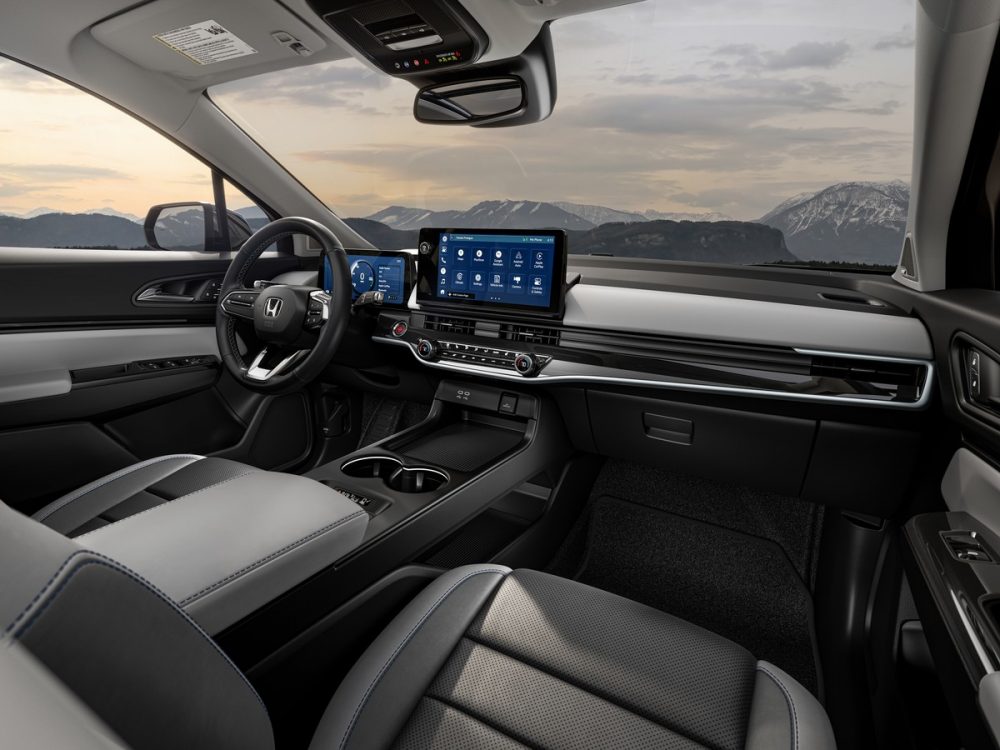 Photo: Honda
Photo: Honda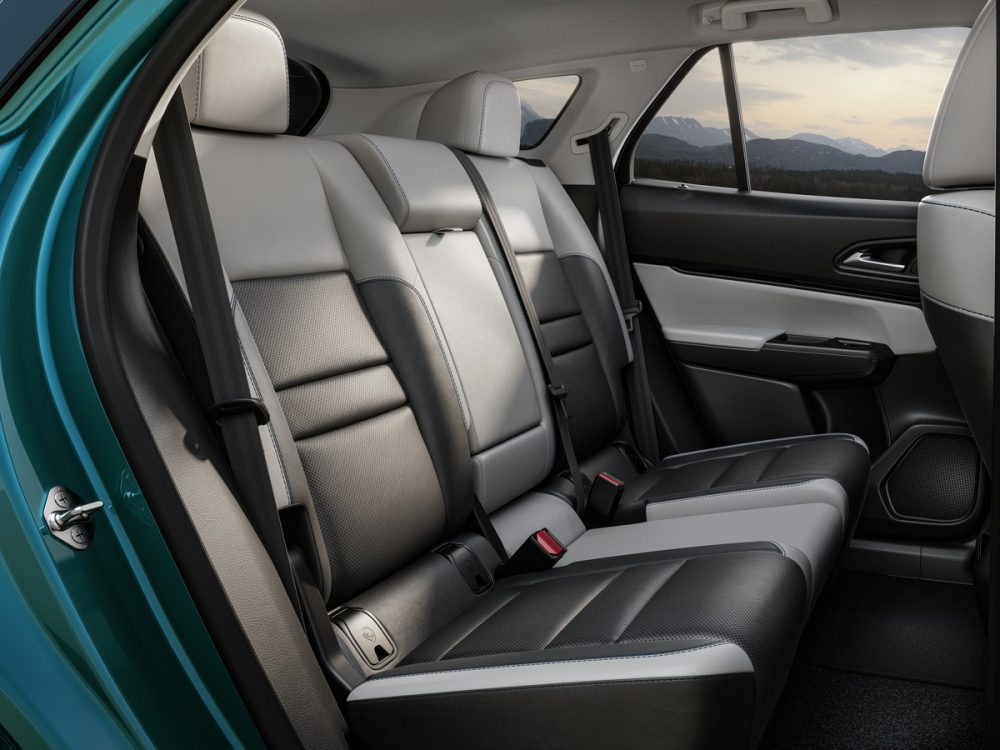 Photo: Honda
Photo: Honda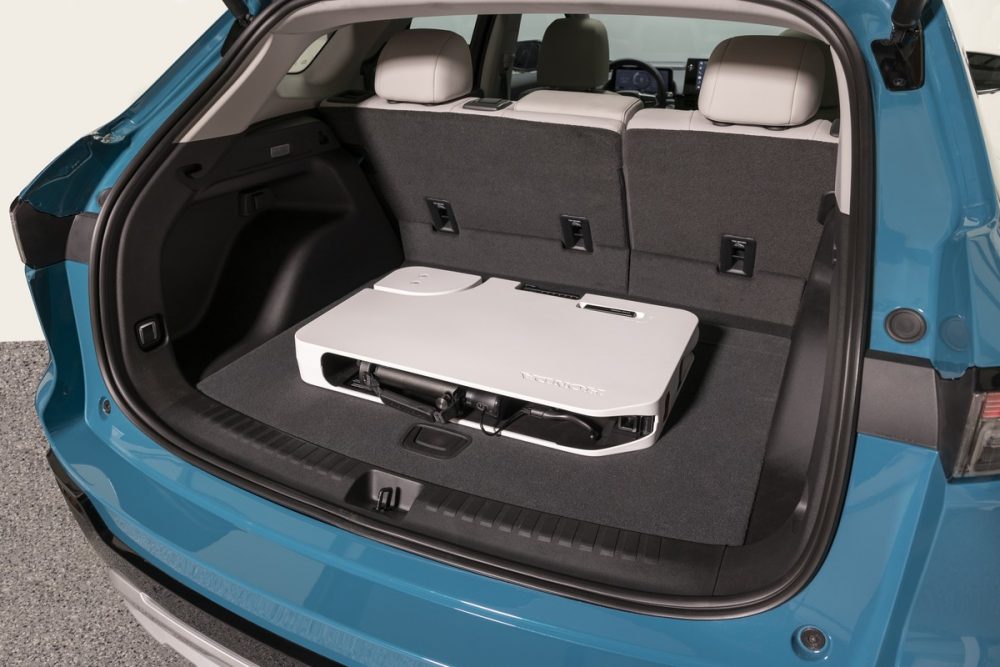 Photo: Honda
Photo: Honda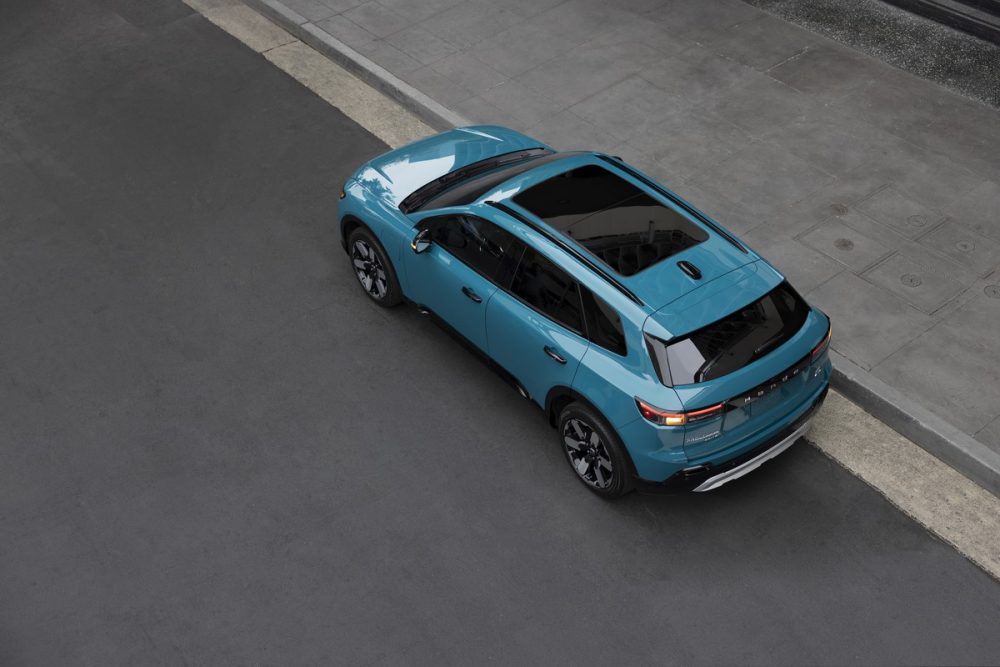 Photo: Honda
Photo: Honda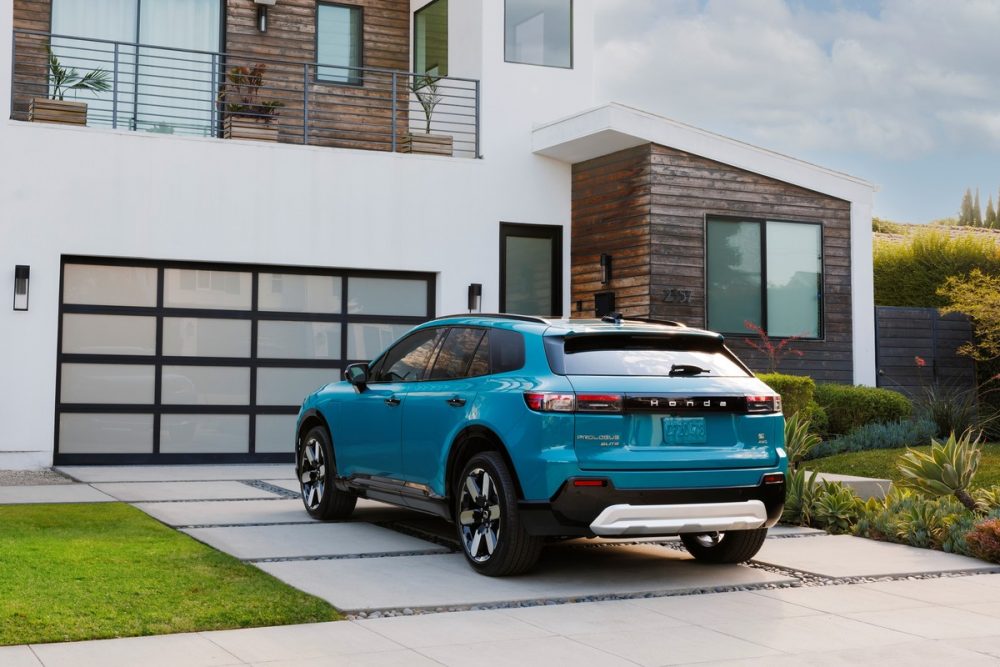 Photo: Honda
Photo: Honda
